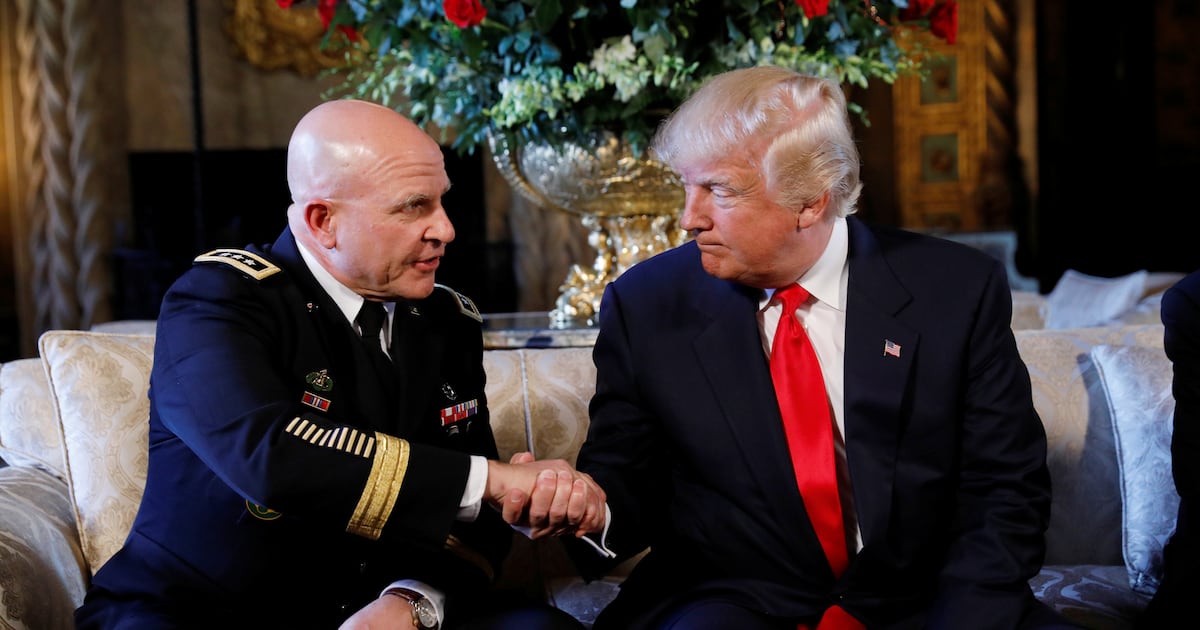The plot is known as the “fish out of water.” A staple of big-screen comedies and reality-TV shows, it calls for the lead character (or characters) to be plunged into an unfamiliar environment. Awkward moments and hilarity ensue until the humbled hero gets rescued by benevolent locals and in the process, gets transformed. Think Tootsie or Beverly Hills Cop.
Now consider this pitch for a fish-out-of-water script: a couple of white, middle-class college students from California voluntarily leave their comfortable lives in the U.S., move to a rural village in Guatemala, and spend the next two months living on $1 per day each. They quickly learn that they are inept at buying food in the market, building fires to cook their dinner, and, well, pretty much every skill that their neighbors have perfected.
That’s the real-life plot of a new documentary, Living on One, which recently premiered in Austin and is now touring some two dozen college campuses. Although there are a few laughs in Living on One as Chris Temple, Zach Ingrasci, and their two-person film crew (Sean Leonard and Ryan Christoffersen) cope with fleabites, near-constant hunger, bad health, and the irrepressible good cheer of their new neighbors, the film’s achievement is far more important. It puts a human face on microfinance, or microlending. The simple, unglamorous concept of providing tiny bits of low-cost credit to some of the world’s poorest people has emerged as perhaps the single most effective poverty-reduction method. In this film, it gets a close-up.
Temple and Ingrasci, who were studying international development at Claremont McKenna College in California, knew all about the theory of microfinance. But as Temple explained it to me, “we had a text book understanding of it.” There weren’t many resources available in the mainstream media that showed how microlending actually worked. Temple and Ingrasci wanted to get personal answers to key questions, including, “What is the financial reality of someone living on $1 per day? How do they budget? What informal services do they use?”
And so, in the summer of 2010, between their sophomore and junior years, Temple and Ingrasci set off to get those answers. With assistance from the Whole Planet Foundation, the charitable arm of Whole Foods Market, which focuses its efforts on microfinance, they ended up in a small rural village in the mountains a few hours from Guatemala City. And thus began their 56-day course in the economics of extreme poverty.

The theory behind their adventure into real-world microfinance was born nearly 30 years ago. In 1983, a Bangladeshi economist, Mohammad Yunus, established the first Grameen Bank. Yunus understood that one of the biggest problems for people living in poverty was, well, lack of money. Constrained by their inability to provide collateral for a conventional loan at a regular bank, the poor had no way to buy the things—a good plow, a loom, or enough inventory to stock a small grocery store—that could help them increase their incomes. Today, replicas of the Grameen Bank model are operating in more than 100 countries. In 1996, when Yunus was awarded the Nobel Peace Prize, the Nobel committee said that microlending “has proved to be an important liberating force in societies where women in particular have to struggle against repressive social and economic conditions.”
The big-screen adventures of Temple and Ingrasci bring Yunus’s theory into sharp focus. And one of the key issues that’s illustrated by their film is energy poverty. Unable to afford electricity, butane, or propane, the students, like their neighbors, relied on wood for their cooking. But because their stay in Guatemala occurred during the rainy season, the Americans couldn’t find dry fuel. They were forced to buy firewood at the market, an expense that ate up nearly 11 percent of their budget. The problems went beyond cost. Their lack of expertise at building fires, combined with the lack of a proper cook stove meant, says Temple, “we were coughing all the time” due to the smoke that built up in their house. The World Health Organization has recognized indoor air pollution as the one of the top causes of premature death among the poor. Some 2 million people, many of them women and girls, die prematurely every year due to illnesses that are linked to indoor air pollution.
The two also got a window into the financial lives of their neighbors. One of the more innovative methods they discovered was a “savings club” that had 12 members. Each of the members contributed $12 to a fund over a given time frame. At random, one of the members was then awarded the $144 that had accrued. The process was repeated until all of the members of the club had been awarded that sum. The club allowed each member to purchase a big-ticket item that would otherwise have been out of reach. One of them bought a more efficient stove, complete with a pipe that removed smoke from the house.
The film reaches its climax when Temple is felled by giardia, a parasite that infects the small intestine. Sick and unable to sleep, Temple goes to the local health clinic only to find that he and his pals cannot afford the $25 for the medicine he needs. “That was the failure of our simulation,” Temple told me. “We realized we couldn’t live on $1 per day without borrowing money from neighbors, or having some other safety net.” Had they gone ahead and bought the medicine he needed, he and his mates would have had to go without food for nearly a week. Luckily, the students had an emergency medical kit that contained the medicine Temple needed. Shortly after he got ill, they returned to the U.S., each of them about 20 pounds lighter than when they left.
Last May, Temple, who is now 23, and Ingrasci, 22, graduated from Claremont McKenna. They are now promoting their film and hoping to build their nascent organization, Living on One, into a full-time program aimed at encouraging students to become more involved in microfinance efforts. At their first college stop, at Elon University in North Carolina, Temple said that about 300 students showed up. This month, the film will be shown at Georgetown University, Boston College, Yale, and Columbia. College students, high schoolers, grade schoolers—those people are “the target we want to reach,” said Temple. And if that group can be reached, perhaps “our generation can really put an end to extreme poverty.”
That’s an awfully ambitious goal for a couple of 20-somethings who are unaffiliated with big-name outfits like the World Bank or United Nations. But then, Temple and Ingrasci are trying to write a script for yet another fish-out-of-water story, one that might—repeat, might—actually turn out to be real.





